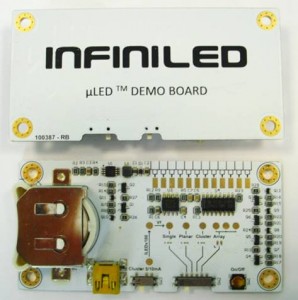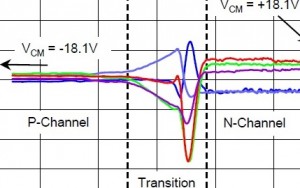Here i am back with few yet imp technology news for you all 2 know....
Apple and Samsung are the two top buyers of semiconductors spending over $50 billion between them, says IHS.
Apple spent most – $30.3 billion, outspending Samsung’s $22.2 billion by more than $8 billion.
HP is third with $10.1 billion; Lenovo fourth with $9.2 billion; and Dell is fifth, with $7.7 billion.
Then come Cisco – $6.5 billion; Sony $6.4 billion; Huawei – $5.2 billion; Panasonic – $4.9 billion and Toshiba – $4.6 billion.
All told, the served available market (SAM) for semiconductor
spending reached $237.2 billion in 2013, up nearly 5% after spending
dipped from $231.7 billion in 2011 to $226.7 billion in 2012.
The SAM metric counts only expenditures that an OEM made as an
external agent, which gives a truer picture of the state of chip
spending in the electronics industry. This is because SAM does not
factor in spending by manufacturers for chip buying done at their own
internal divisions—as can happen with entities like Samsung, whose
internal customers within the vast Samsung family of companies compete
with external clients in sourcing Samsung-made semiconductors.
- Apple 30.3
- Samsung 22.2.
- HP 10.1
- Lenovo 9.2
- Dell 7.7
- Cisco 6.5
- Sony 6.4
- Huawei 5.2
- Panasonic 4.9
- Toshiba 4.6
µLED technology demo board from InfiniLED

InfiniLED demo board
InfiniLED has released a demo board for it micro-LEDs.
“The board includes three µLED
designs,” said InfiniLED. “The µLEDs are: a single pixel emitter with a
diameter of 20µm, a cluster of 37 emitters emitting in parallel, and a
mini-array of three individually switching 20µm pixels.”
For comparison, there is also a 20µm standard LED, without the patented µLED technology.
The credit card-sized board, available from the firm’s website, includes a battery and can also be driven from a USB port.
Cork-based InfiniLED claims its technology brings together benefits
of LEDs and lasers – providing a collimated beam directly from the chip,
high intensity (up to 300W/cm2 has been demonstrated over small areas,
it claims) and low switch on currents.
“The demonstrator highlights only a small amount of the potential of
the µLED technology. Maximum benefits can be achieved by optimising the
performance parameters for the needs of the application,” said
InfiniLED. “To do this the µLED can be fabricated in a number of designs
and chip sizes. This allows their efficient use when coupling to areas
with diameters less than 20µm, in clusters for coupling to larger areas
or in a number of array designs for the controlled illumination of
areas.”
See InfiniLED at Photonics West (4-6th February), and BiOS (1st-2nd February).
TI introduces highest precision op amp

Texas
Instruments has introduced its first 36V rail-to-rail input and output
(RRIO) op amp which it claims will achieve precision offset voltage and
drift without using auto-zero techniques.
The OPA192 achieves stable offset voltage drift over the full
specified temperature range, which eliminates the need for system level
calibration.
“Fast settling and high-output drive, combined with precision, allows
designers to use the device to drive analogue-to-digital converters in
high-voltage, precision data acquisition systems including test and
measurement, and industrial sensors and controls,” said TI.
The device incorporates TI’s package-level trimming architecture,
this provides 5µV offset voltage and 0.2µV/C offset drift over
temperature without the use of internally clocked auto-zero techniques.
The op amp has a 60mA output current drive and 1nF capacitive-load
drive provide system stability for high-voltage buffers and muxed data
acquisition.
Available reference designs include 16-bit, 400ksample/s, 4-channel
multiplexed data acquisition system for high voltage inputs and a
capacitive load drive verified reference design using an isolation
resistor.
A TINA-TI Spice model is also available with designs to simulate and debug the circuit.
The OPA192 is available in 5mm x 4mm SO-8 package, 3mm x 3mm MSOP-8 and 3mm x 1.75mm SOT23-5 packages
Much more interesting news to come ahead... stay tuned fellas..........


No comments:
Post a Comment